Not much I can add other than take care not to mix brands and/or paint chemistries unless you have tested on a discarded hull and KNOW what works and what does not.
Rule of thumb: you can overcoat lacquer with enamel, but never overcoat enamel with lacquer. The more volatile solvents in lacquer (MEK, and other powerful hydrocarbons) will eat into, react, and spoil the surface texture of the underlying enamel. The water based paints don't suffer as much as enamel when over coated with paints/clear-coats of different chemistry. If you don't know the chemistry of the underlying paint, then overcoat it with clear water soluble clear-coat to act as a neutral barrier between the different chemistries.
Decades ago I went with the DuPont acrylic automotive lacquer primers and paints (Lucite brand), but the paint a decade ago went away because of that ass-hole California and their snowflake environmental laws. Then I had to go to the DuPont two-part polyurethane paints and clear coat (Chroma Color and Chroma Clear brands) -- but again the ass-holes in California nixed that system because it was a planet-killer. I'm currently investigating the 'now approved' water soluble automotive paints currently offered by the automotive finishing fraternity.

You all get your nuts in a bunch about how to get a gloss, semi-gloss, or satin clear coat down. The only way to wrest control away from the packager and put it in your hands where it belongs is to add your own 'flattening agent'. Again, an automotive refinishing house product.
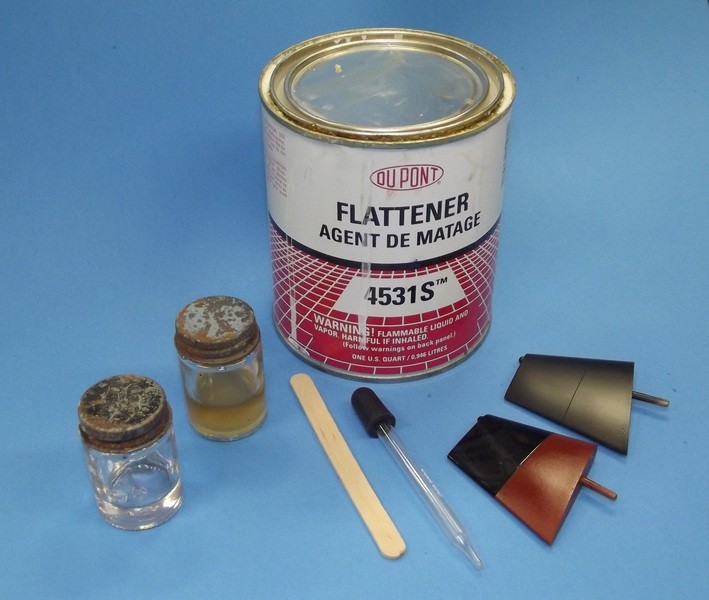
I would rather die than use hobby paints. That sludge is only good for static models and bird-houses. Remember: if the paint chemistry ain't dangerous, then its no good!
I select my paints and clear-coats because they have dense pigments, strong bonding agents, low break-down under UV light, don't care if they're immersed in water or not, and are abrasion resistant. Auto paints (not that touch-up crap you get at Wal-Mart) for touch-up and hobby paints are formulated to be safe, not effective for the job intended.

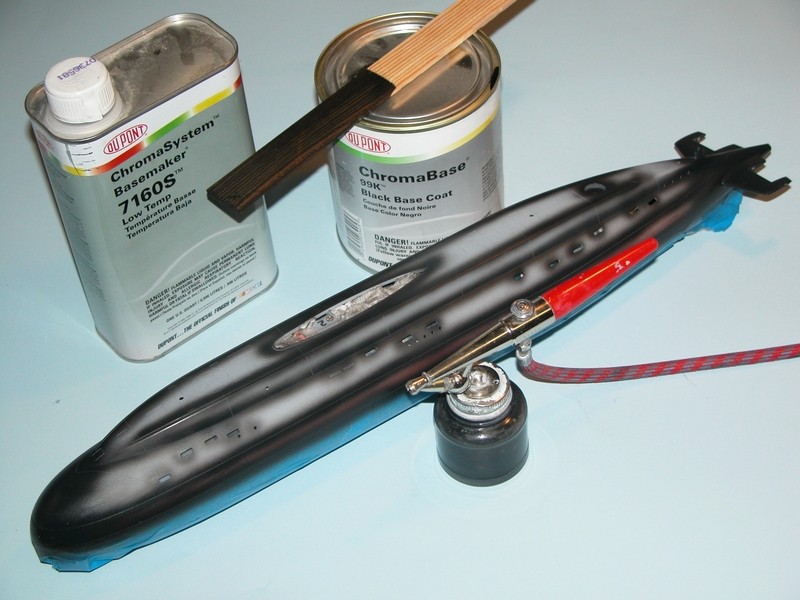
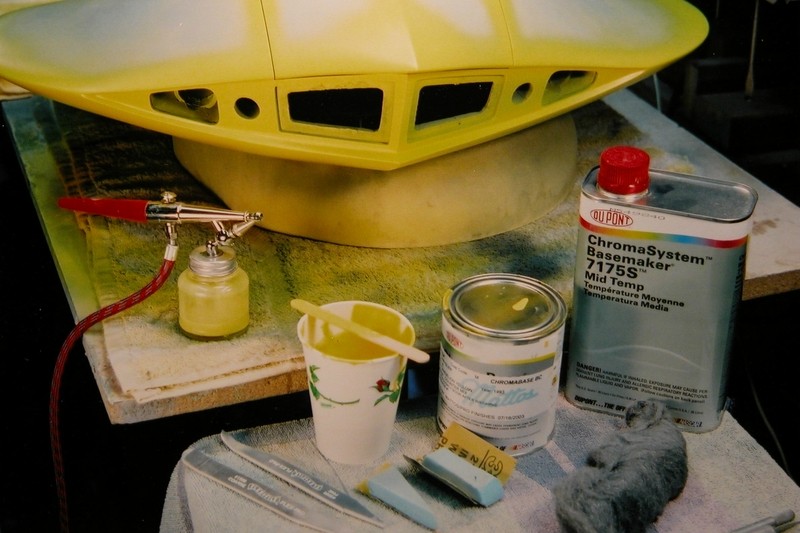
Oh, something most of you miss: Before laying down any primer, paint, or clear-coat, clean the surface of the model with a low-volatile cleaner like Prep-Sol.

I will, on occasion, use the cheap Wal-Mart water soluble acrylic paints for touch up and detail work. Like so:
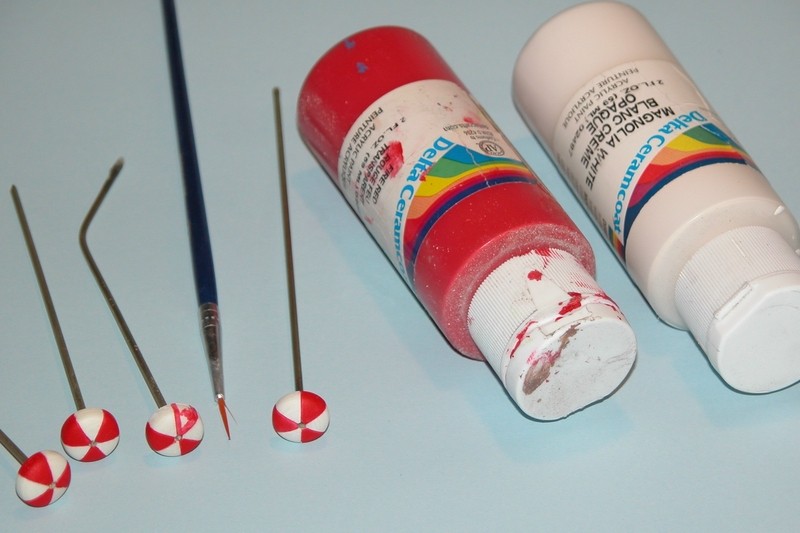
David
Rule of thumb: you can overcoat lacquer with enamel, but never overcoat enamel with lacquer. The more volatile solvents in lacquer (MEK, and other powerful hydrocarbons) will eat into, react, and spoil the surface texture of the underlying enamel. The water based paints don't suffer as much as enamel when over coated with paints/clear-coats of different chemistry. If you don't know the chemistry of the underlying paint, then overcoat it with clear water soluble clear-coat to act as a neutral barrier between the different chemistries.
Decades ago I went with the DuPont acrylic automotive lacquer primers and paints (Lucite brand), but the paint a decade ago went away because of that ass-hole California and their snowflake environmental laws. Then I had to go to the DuPont two-part polyurethane paints and clear coat (Chroma Color and Chroma Clear brands) -- but again the ass-holes in California nixed that system because it was a planet-killer. I'm currently investigating the 'now approved' water soluble automotive paints currently offered by the automotive finishing fraternity.

You all get your nuts in a bunch about how to get a gloss, semi-gloss, or satin clear coat down. The only way to wrest control away from the packager and put it in your hands where it belongs is to add your own 'flattening agent'. Again, an automotive refinishing house product.

I would rather die than use hobby paints. That sludge is only good for static models and bird-houses. Remember: if the paint chemistry ain't dangerous, then its no good!
I select my paints and clear-coats because they have dense pigments, strong bonding agents, low break-down under UV light, don't care if they're immersed in water or not, and are abrasion resistant. Auto paints (not that touch-up crap you get at Wal-Mart) for touch-up and hobby paints are formulated to be safe, not effective for the job intended.



Oh, something most of you miss: Before laying down any primer, paint, or clear-coat, clean the surface of the model with a low-volatile cleaner like Prep-Sol.

I will, on occasion, use the cheap Wal-Mart water soluble acrylic paints for touch up and detail work. Like so:

David



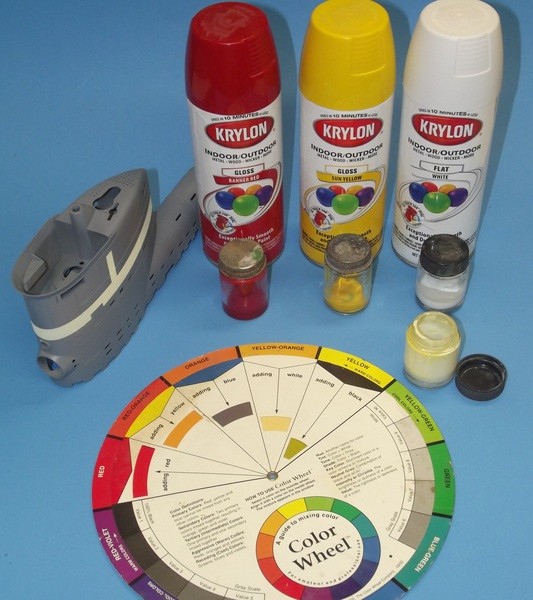
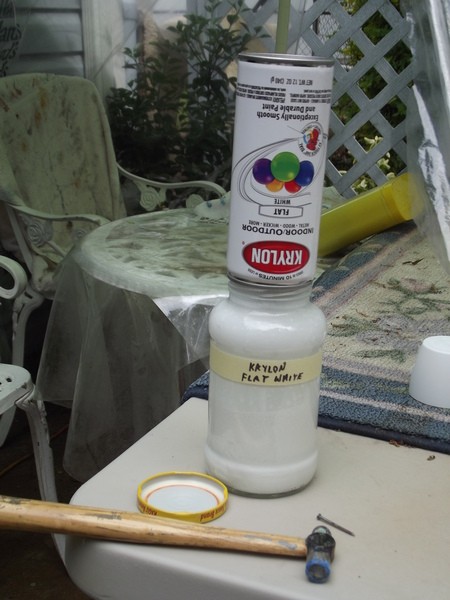

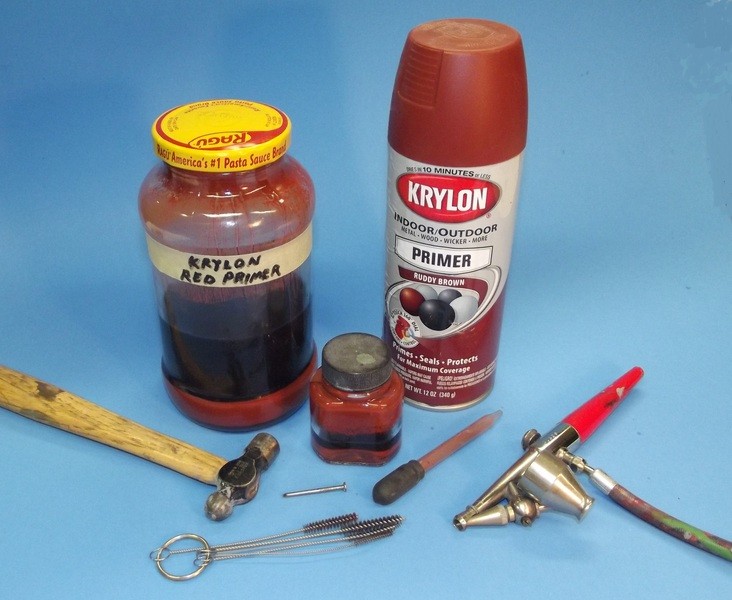

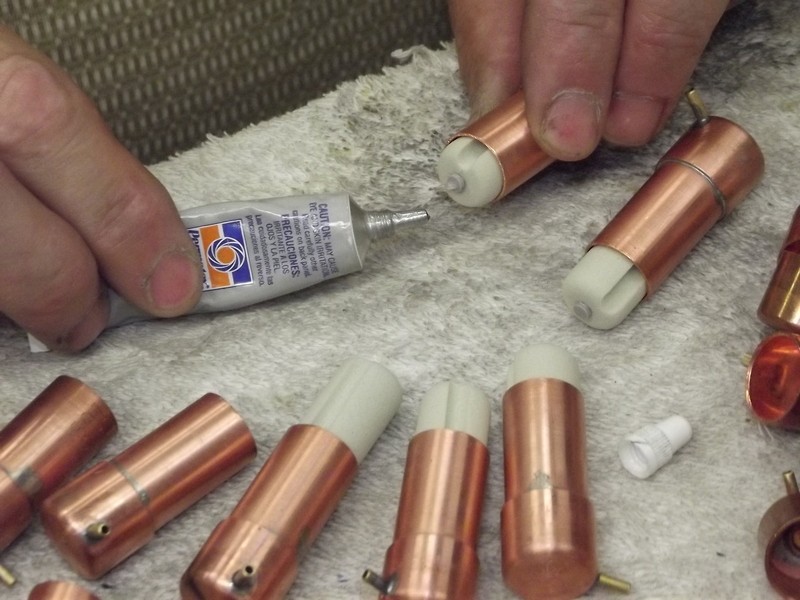

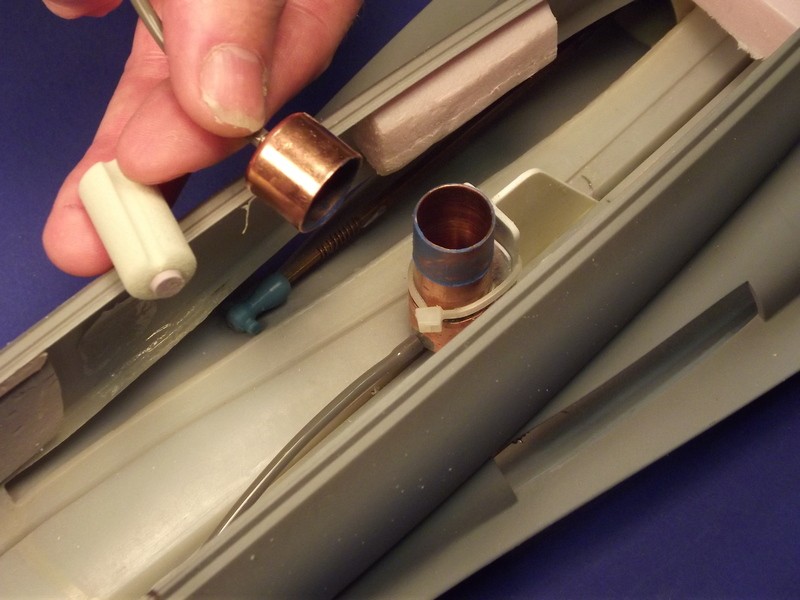
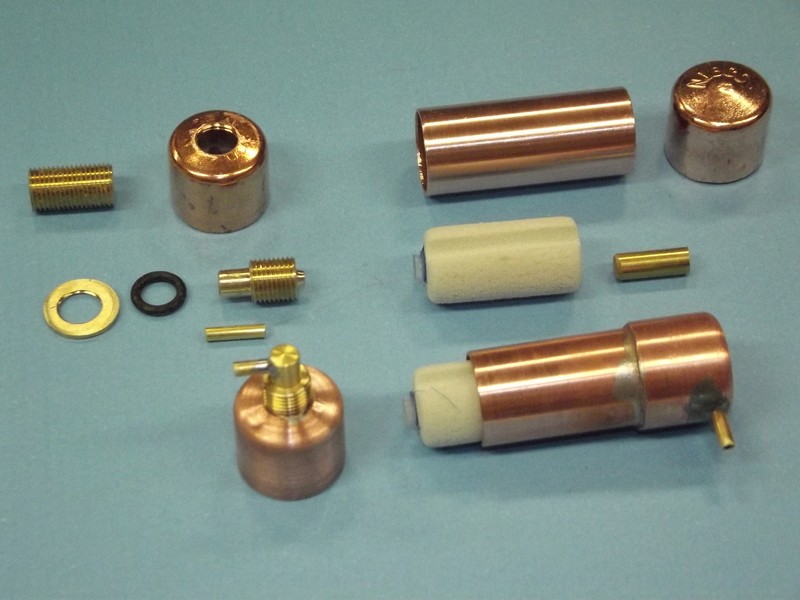
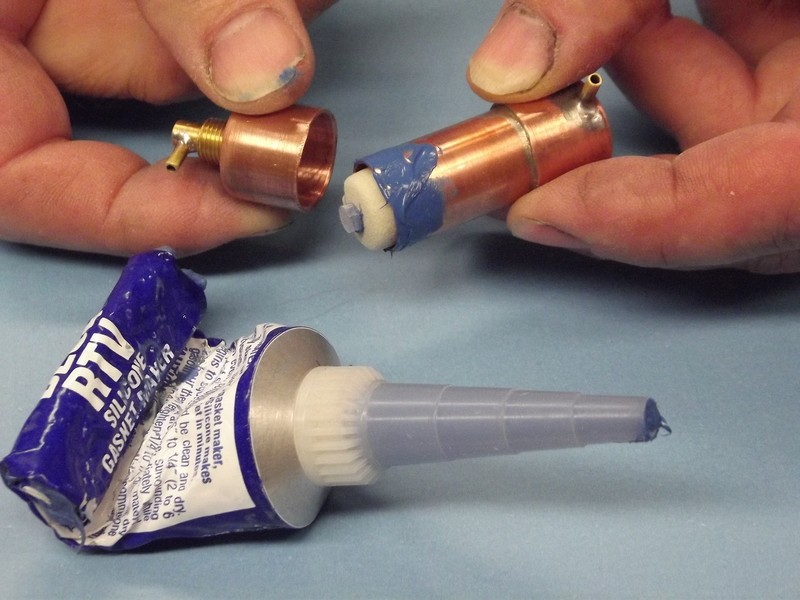
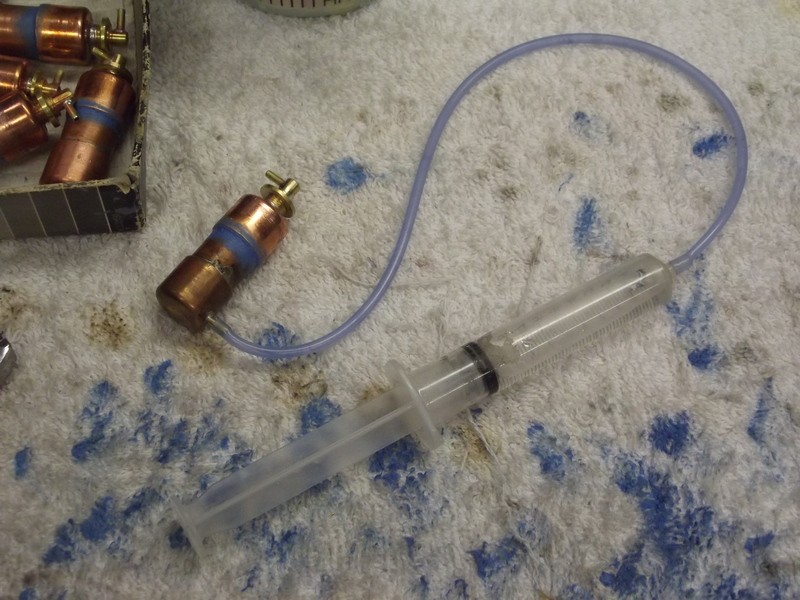
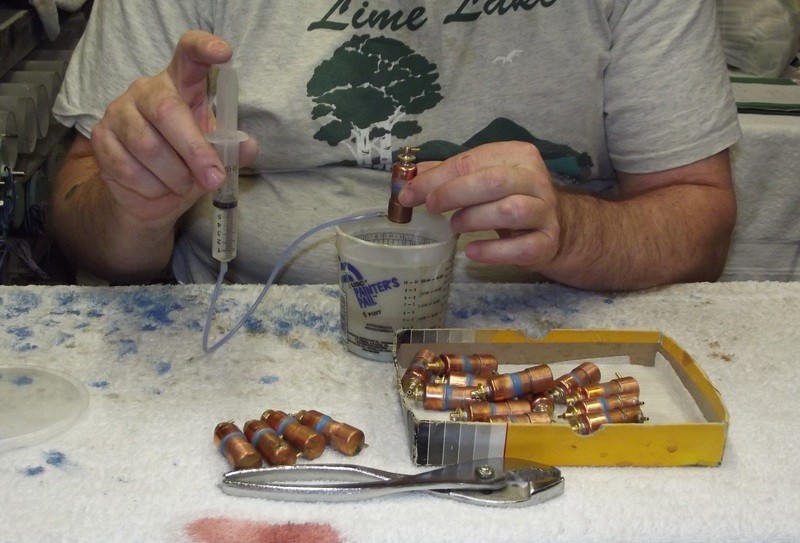
Comment